Mastering Stalls: How to Recognize, Prevent, and Recover Safely
Flight Training Central
MARCH 3, 2025
Depending on design, airfoils used in general aviation, stall at angles of attack between 16 to 18 degrees. Recovery is made by lowering the nose, simultaneously applying full power while maintaining directional control with coordinated use of aileron and rudder. The recovery procedure is the same as for all stalls.


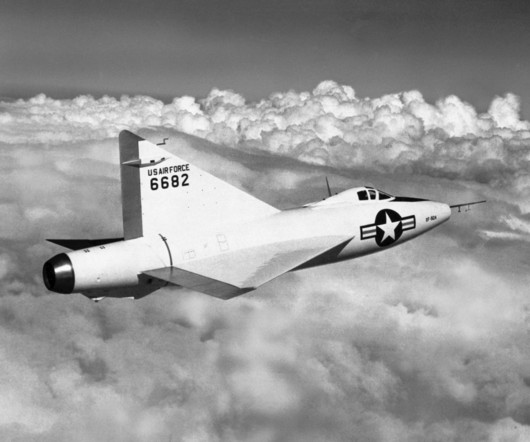
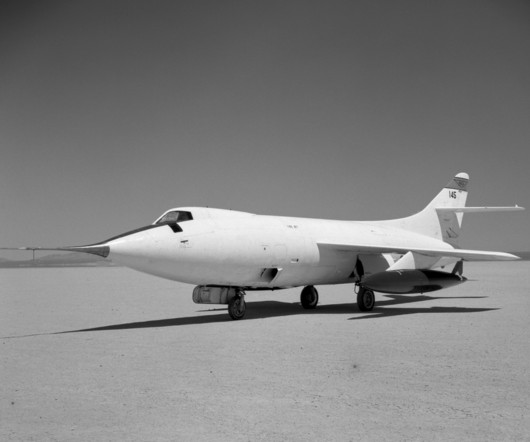
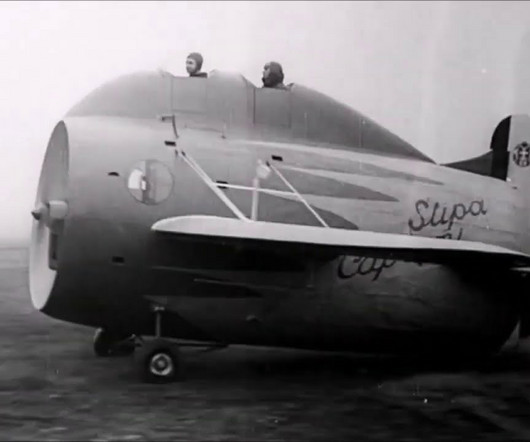
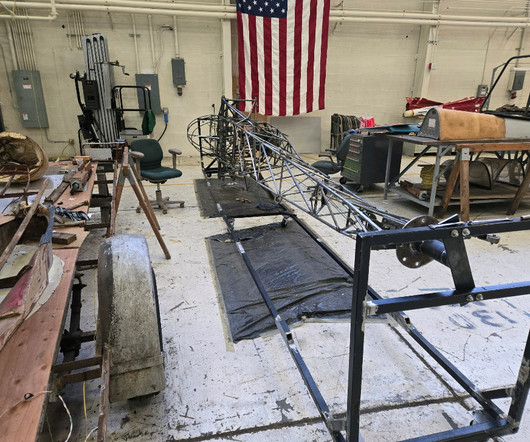
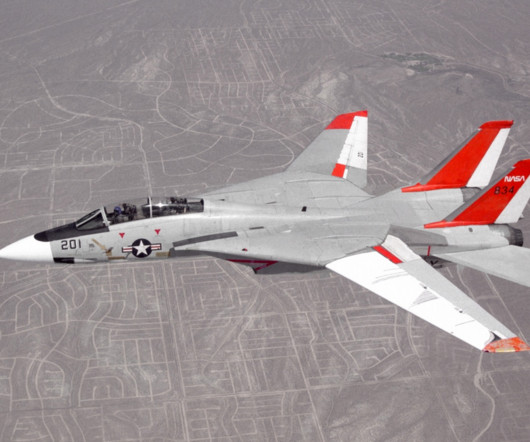
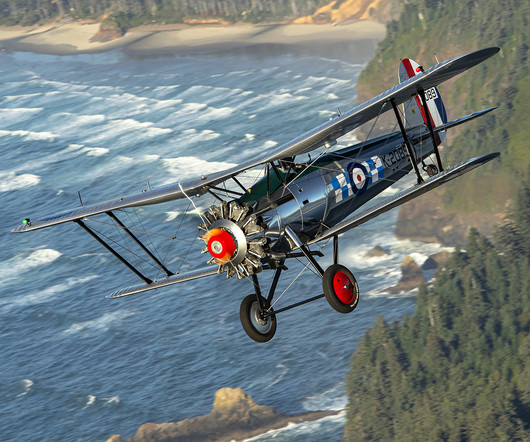


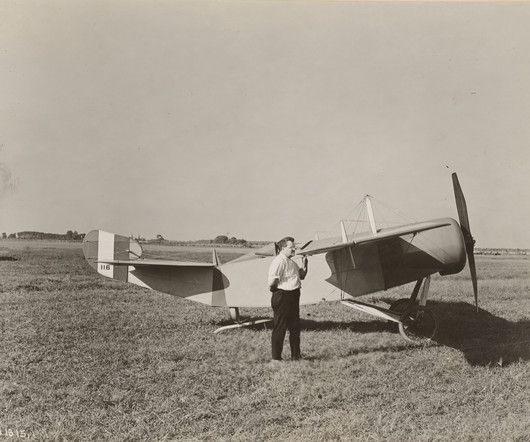








Let's personalize your content